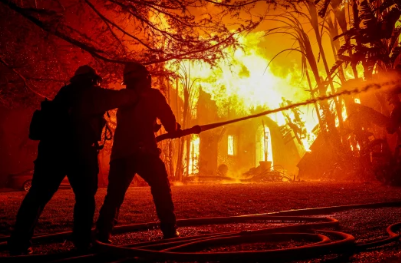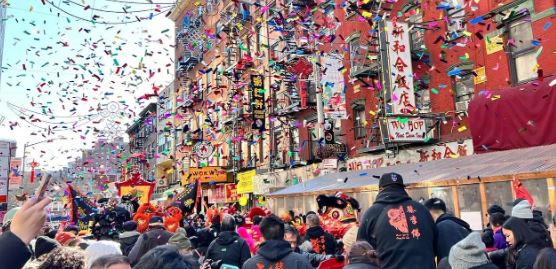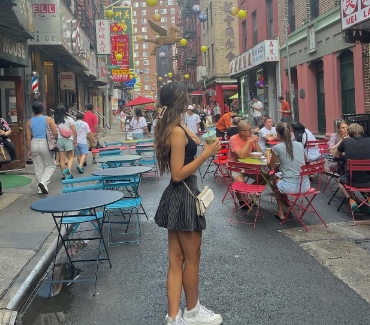According to the Western calendar, January 1st always marks the start of a new year. However, this may only sometimes be the case in many places. This can be observed with the recently passed Lunar New Year. Lunar New Year, which is also referred to as the Spring Festival or Chinese New Year, begins with the first new moon of the lunar calendar and ends with the first full moon. Due to the nature of the moon, 12 lunar months is 11 days short of the Western calendar, which causes the beginning of the Lunar New Year to vary spanning from January 21 and February 20.
Chinese Zodiacs
In Western astrology references the 12-month cycle of zodiacs based off the stars. However, the Chinese zodiac calendar is best described as a 12-year cycle represented by 12 different animals, in this order: Rat, Ox, Tiger, Rabbit, Dragon, Snake, Horse, Goat, Monkey, Rooster, Dog, and Pig. Each new year corresponds with one of the 12 cyclic zodiac animals. For reference, individuals who were born in 2008 would fall into the rat zodiac and would have to wait 12 years for the next “rat year.” However, those born in January or February will need to pay special attention to their birth date in addition to their birth year.

Celebration
This year Chinese New Year fell on February 10th, marking the beginning of the year of the Dragon. The dragon is seen as the most powerful animal in the zodiac and one that ushers in good luck and prosperity. To celebrate Chinese families engage in religious ceremonies, eat extravagant foods, and exchange red envelopes. These envelopes also known as 红包 (lai see) contain small amounts of money ranging from one to hundreds of dollars.
Parade Experience
This past weekend, on February 25th, NYC Chinatown hosted its 26th annual Chinese New Year parade. My family and I had planned to attend and celebrate the New Year and cheer on the parade. As we made our way to Chinatown the city parking lots and highways were all jammed. Furthermore, streets were closed off resulting in the congestion of both people and cars. Upon parking the car at around 12, my family and I hoped to squeeze in some lunch before the beginning of the parade. The restaurants were filled, presumably with families who had similar plans as us. Consequently, we decided to get a takeout meal to eat as we walked. As we made our way to the main streets of Chinatown, tens of thousands of people of all ethnicities gathered along the sidewalks hoping to secure an accessible viewing spot. The parade was set to begin on Mott and Canal Street, before winding its way along East Broadway and Forsyth Street and ending beside Sara D. Roosevelt Park. After pushing through crowds of people we were able to secure a decent front-row spot right against the metal railings separating the sidewalk from the street.
After what seemed like eons of waiting the sound of hallow drums rang through the street, officially marking the beginning of the festivities. As the parade raged many groups were spotted showing their support and celebration of the new year, such as the Chinese Adoptee Association, the Kiwanis Club, the police force, and even government figures. To further emphasize the year of the dragon, dozens of these groups displayed traditional dragon puppets which stretched nearly half the street, in interconnected segments held by up to 11 people walking beneath. Moreover, many marchers threw the previously mentioned red envelopes (红包 / lai see) into the crowd and yelled “Happy New Year”, along with mixing in traditional greetings in Mandarin and Cantonese wishing congratulations and financial prosperity. Concurrently, families along the sidewalks were equally as active in that they shot confetti poppers, silly string, and even bang snaps further adding to the energetic atmosphere.
Whether you celebrate the Lunar New Year or not, the bakery delicacies, rich foods, and energetic atmosphere are truly an experience that all should attend if given the opportunity. 新年快乐 (Happy New Year)!
Sources: https://www.distractify.com/p/why-is-the-date-of-chinese-new-year-different-every-year































